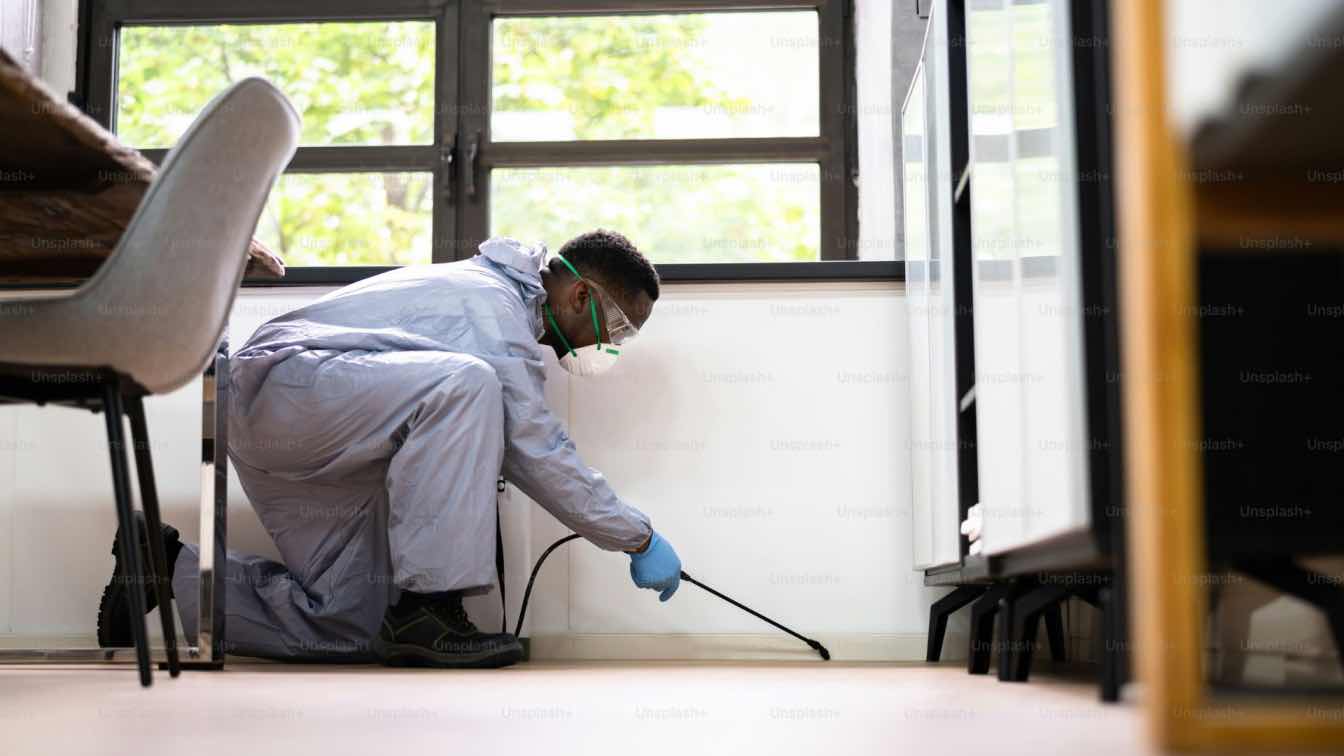If you've ever dealt with pests in your home or office, you're well aware of the disruption and danger they pose. Cockroaches, ants, termites, and other pests can damage property, spread diseases, and make your space feel unlivable. The stress and financial burden of dealing with pests can be overwhelming.
But what's often misunderstood is that pest control isn't a one-time fix. To keep pests out for good, knowing when to repeat pest control treatments is essential for maintaining a safe and healthy environment.
Why Regular Pest Control Treatments Are Important
While calling for a pest control treatment is a good first step when spotting bugs or rodents, it's essential to understand that a single treatment is often insufficient. Pesticides typically only kill adult pests, leaving eggs and young pests unaffected, and some pests have life cycles that enable them to evade one-time treatments.
Similarly, weather changes and pests from neighboring properties can introduce new infestations, making follow-up treatments crucial. Working with experienced providers like CCS Environmental, a professional pest control service based in the UK, can help ensure a long-term approach that adapts to seasonal shifts and property-specific needs. Effective pest control requires ongoing maintenance, much like weeding a garden, to prevent new pests from emerging and taking hold.
How Often Should You Repeat Pest Control Treatments?
When should you repeat pest control treatments for long-term protection? The simple answer is: it depends on several factors. Here's a general guideline for common situations:
For Preventive Maintenance
If you're looking to prevent pests before they become a problem:
Quarterly treatments: (every 3 months) are standard for general pest prevention
Bi-annual treatments: (every 6 months) may work in areas with mild pest pressure
Monthly treatments: might be necessary in areas with high pest activity or severe weather conditions
For Active Infestations
When tackling an existing pest problem, a multi-step approach is necessary. This typically begins with an initial treatment to address the immediate issue, followed by a follow-up treatment 2-3 weeks later to catch newly hatched pests or those that survived.
Once the infestation is controlled, regular maintenance treatments are necessary to create a protective barrier around your home, allowing pest control professionals to identify new problems before they escalate.
For homeowners and business owners in Connecticut, partnering with a reliable pest control company like CT Pest Solutions ensures effective treatments customized to your specific needs. Their experts will work with you to develop a treatment schedule that ensures long-term protection against pests.
Factors That Determine How Often You Need Treatments
Pest control isn’t a one-size-fits-all solution. How often you should repeat treatments depends on several factors, such as:
1. Type of Pest
Different types of pests have unique lifecycles and behaviors, which means their treatment schedules vary. For example, termites are often hard to detect until significant damage is done, so annual inspections or treatments every few years are essential. Cockroaches and ants are persistent and may require monthly or quarterly treatments to keep them at bay.
Meanwhile, bed bugs can be stubborn and might need intense treatments repeated within weeks to fully eradicate them. Understanding the lifecycle and habits of each pest is vital for effective pest control.
2. Severity of the Infestation
The seriousness of the pest problem directly impacts how often treatments should be repeated. If you’ve had a severe infestation, such as an overwhelming number of cockroaches or termites, frequent follow-up treatments may be necessary to ensure all pests and their eggs are eliminated.
In less serious cases, such as a small ant problem, quarterly treatments might be sufficient to keep the situation under control and prevent a re-infestation. Tailoring the frequency of treatments to the severity ensures thorough and lasting pest control.
3. Climate and Season
The climate and seasons play a huge role in pest activity. For instance, mosquitoes are more active during warmer months, while rodents often seek shelter indoors during colder seasons like winter. Other pests, such as ants, might peak during spring or summer.
Adjusting your pest control treatments to align with these seasonal changes ensures you stay one step ahead of potential infestations. For example, scheduling pest control treatments before mosquito or rodent seasons can help prevent a full-blown invasion.
4. Location of Property
The location of your property influences how often pest control treatments are needed. Homes or businesses located near wooded areas, lakes, rivers, or urban environments are often more vulnerable to specific pests.
For example, properties near bodies of water may experience frequent mosquito problems, while those in tropical climates could see higher rates of insect activity year-round. Regular pest control treatments are vital for properties in high-risk locations to maintain long-term protection and prevent pest problems from escalating.
How to Make the Most of Your Pest Control Efforts
To maximize the effectiveness of pest control treatments, take proactive steps to prevent re-infestation. Seal entry points by caulking cracks and gaps, maintain cleanliness by storing food in airtight containers and promptly cleaning up crumbs and spills, and reduce clutter by regularly decluttering piles of cardboard, newspapers, and unused items.
Additionally, monitor problem areas, such as kitchens, basements, or attics, for early detection of potential pest issues, saving you time and hassle in the long run.
Conclusion
Repeating pest control treatments is important for maintaining a pest-free environment. By considering factors such as the type of pest, severity of infestation, type of treatment, and seasonal activity, you can develop a treatment schedule that ensures long-term protection.
Whether you need monthly, quarterly, or annual treatments, a professional pest control service can help you keep pests under control. Remember, a pest-free environment is just a treatment away!





